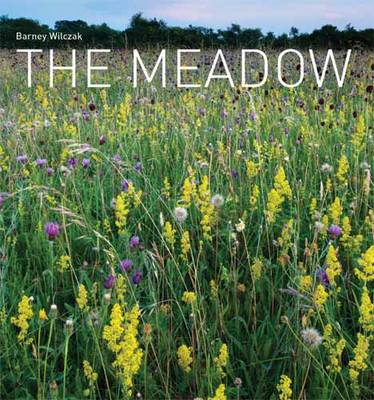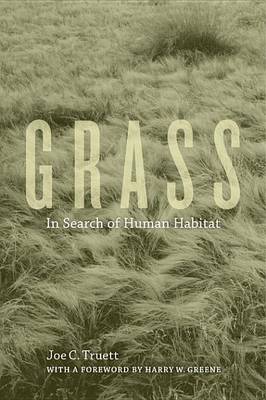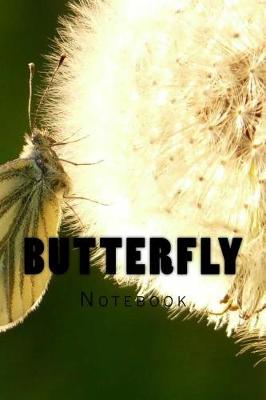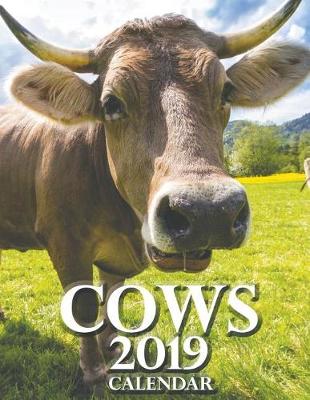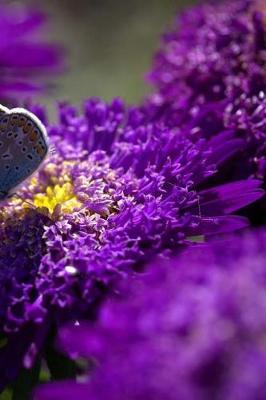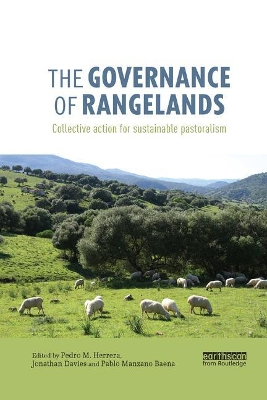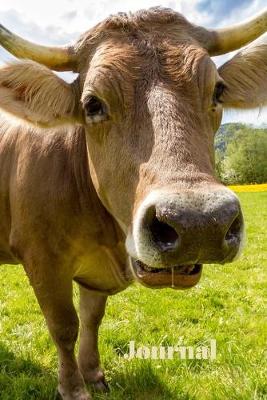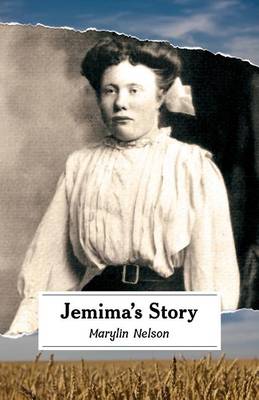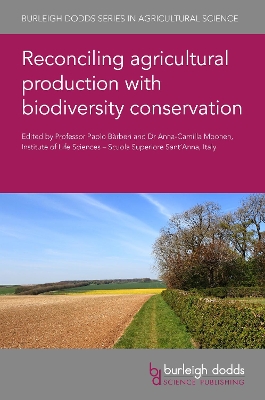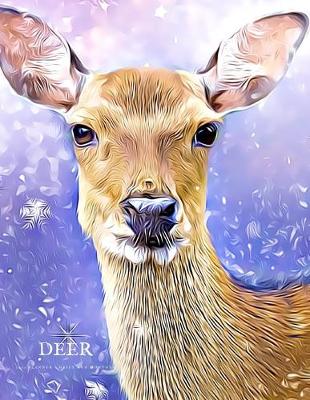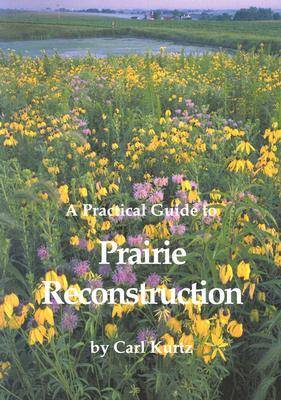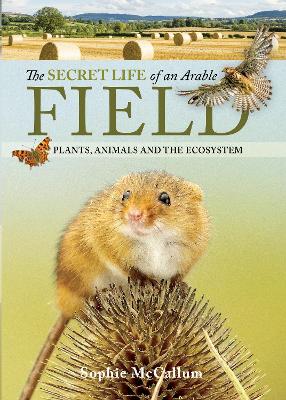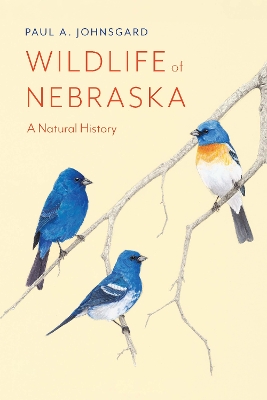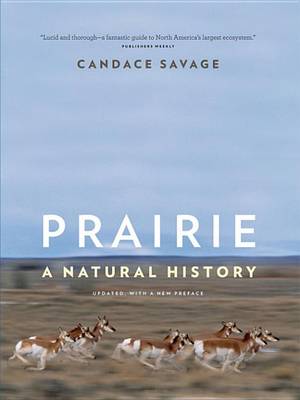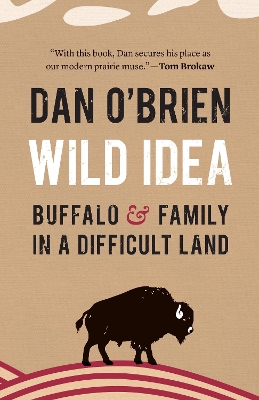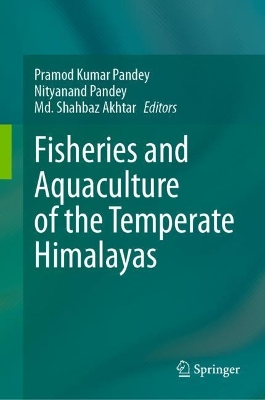The traditional hay meadows of Britain abound with visual delights. Hundreds of plant species, mesmeric mixtures of colour, are interspersed with tumbling butterflies, stooping dragonflies and the flight of birds. In Clattinger Farm, probably the finest remaining example in Britain, orchids create vast carpets whilst nightingales sing night time melodies from heavy blackthorn hedgerows. The Meadow takes you on a journey through the forms, colours and patterns of this precious place. The result...
Part autobiography, part philosophical rumination, this evocative conservation odyssey explores the deep affinities between humans and our original habitat: grasslands. In a richly drawn, anecdotally driven narrative, Joe C. Truett, a grasslands ecologist who writes with a flair for language, traces the evolutionary, historical, and cultural forces that have reshaped North American rangelands over the past two centuries. He introduces an intriguing cast of characters - wildlife and grasslands bi...
The Governance of Rangelands
Rangelands are large natural landscapes that can include grasslands, shrublands, savannahs and woodlands. They are greatly influenced by, and often dependent on, the action of herbivores. In the majority of rangelands the dominant herbivores are found in domestic herds that are managed by mobile pastoralists. Most pastoralists manage their rangelands communally, benefitting from the greater flexibility and seasonal resource access that common property regimes can offer. As this book shows, this...
*Finalist, Hilary Weston Writers' Trust Prize for Non-Fiction When Candace Savage and her partner buy a house in the romantic little town of Eastend, she has no idea what awaits her. At first she enjoys exploring the area around their new home, including the boyhood haunts of the celebrated American writer Wallace Stegner, the back roads of the Cypress Hills, the dinosaur skeletons at the T.Rex Discovery Centre, the fossils to be found in the dust-dry hills. She also revels in her encounters wi...
The prairie grassland biome covers the heartland of North America with an eastward extension called the Prairie Peninsula. Primarily composed of tallgrass prairie, this biome lies between the shortgrass prairies of the west and the eastern deciduous forest region and includes the states of Illinois, Indiana, southeastern Wisconsin, and Ohio. With text by coauthors Gary Meszaros and Guy L. Denny and striking photographs by Meszaros, The Prairie Peninsula examines the many prairie types, florist...
Reconciling Agricultural Production with Biodiversity Conservation (Burleigh Dodds Series in Agricultural Science)
"This book provides an excellent synthesis of conservation practices...The book has insightfully blended constructive concepts supported by well-recognised models and case studies on how to manage agricultural production and biodiversity...I strongly recommend this brilliant book to students, scientists, managers, policymakers and politicians engaging in biodiversity conservation in the agricultural landscape globally." Journal of Nature Conservation More intensive, monocultural agriculture has...
2020 Planner - Daily and Monthly Planner (2020 Planners, #1)
by 2020 Planners and Diary Company
A Practical Guide to Prairie Reconstruction (Bur Oak Original S.) (Bur Oak Books)
by Carl Kurtz
Carl Kurtz is recognised as one of the deans of the great prairie revival. Here, he outlines the procedures and problems involved in re-introducing tallgrass prairie to landscapes both large and small, and gives a formula for success for all but the most extreme of conditions.
The Field looks at the eco-system of an arable field, complete with photographs from crops, trees, hedgerows and wildflowers, to the wide variety of animals, farmland birds, insects, butterflies and moths that they support; and how they depend on each other; and are all vital for the wonderful environment we need to thrive and enjoy. The book focuses on the relationship between these key species, how they work together and interact with their environment in order to survive. It is about the eco...
In Wildlife of Nebraska: A Natural History, Paul A. Johnsgard surveys the variety and biology of more than six hundred Nebraska species. Narrative accounts describe the ecology and biology of the state’s birds, its mammals, and its reptiles and amphibians, summarizing the abundance, distributions, and habitats of this wildlife. To provide an introduction to the state’s major ecosystems, climate, and topography, Johnsgard examines major public-access natural areas, including national monuments, w...
Thorough, detailed, and scientifically up-to-date, Prairie: A Natural History provides a comprehensive, nontechnical guide to the biology and ecology of the prairies, or the Great Plains grasslands of North America. This edition has been updated to include new information about declining bird species, enhanced protection of bison, the effect of industrialization on the prairies, and the effect of the increase in coyote numbers on red foxes and swift foxes, among other topics. The book also inclu...
For more than forty years the prairies of South Dakota have been Dan O’Brien’s home. Working as a writer and an endangered-species biologist, he became convinced that returning grass-fed, free-roaming buffalo to the grasslands of the northern plains would return natural balance to the region and reestablish the undulating prairie lost through poor land management and overzealous farming. In 1998 he bought his first buffalo and began the task of converting a little cattle ranch into an ethically...
Fisheries and Aquaculture of the Temperate Himalayas
This book covers all aspects of fisheries and aquaculture of the temperate Himalayas, including fisheries resources, fish biodiversity, aquaculture status, prospects, and potential. It also includes mapping of resources, health and disease management of cultured species, feed and nutritional aspects of the cultured fish species, ornamental fisheries aspects, etc. In addition, it elucidates the recent advances in biotechnological interventions for enhancing fisheries and aquaculture productivity...
In Under Prairie Skies, C. Thomas Shay asks and answers the question, What role did plants play in the lives of early inhabitants of the northern Great Plains? Since humans arrived at the end of the Ice Age, plants played important roles as Native peoples learned which were valuable foods, which held medicinal value, and which were best for crafts. Incorporating Native voices, ethnobotanical studies, personal stories, and research techniques, Under Prairie Skies shows how, since the end of the...
